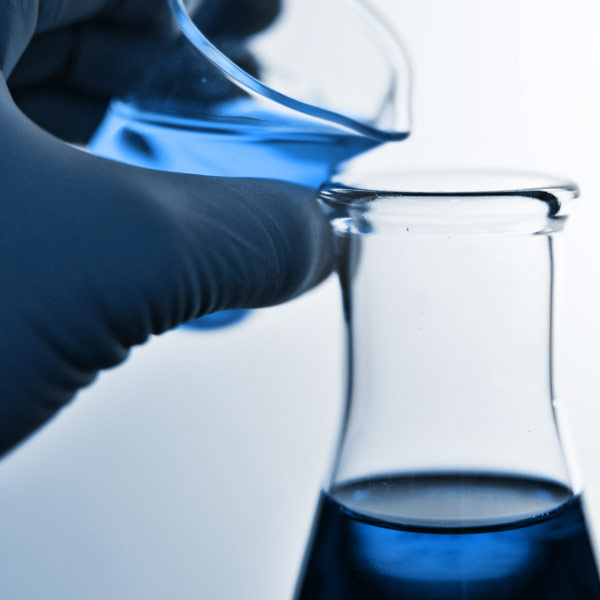
THURSDAY, March 12, 2015 (HealthDay News) — The U.S. Food and Drug Administration on Thursday issued final recommendations for the cleaning and sterilization of medical devices used in invasive procedures.
The updated rules, first proposed in 2011, were released in response to last month’s reports of seven serious infections and two deaths at Ronald Reagan UCLA Medical Center in Los Angeles, which were caused by duodenoscopes contaminated with a “superbug.” On March 4, four similar “superbug” infections were reported at Cedars Sinai Hospital in Los Angeles. Duodenoscopes are devices used to diagnose and treat problems in the liver, pancreas and gallbladder.
The FDA and the U.S. Centers for Disease Control and Prevention “have been devoting a great deal of effort to understand the circumstances and reasons for the episodes of drug-resistant bacterial infections associated with duodenoscopes,” Dr. Stephen Ostroff, the FDA’s chief scientist, said during a Thursday afternoon news conference.
Duodenoscopes are an essential medical device used in about 500,000 procedures each year in the United States, he said. As a reusable, complex, precision instrument, it is particularly hard to clean and sterilize.
“We know that if these devices are not properly cleaned and sterilized, a risk for bacterial transmission exists,” Ostroff said.
Despite the continual risk of bacterial infections linked to the device, the FDA decided not to pull the device off the market because of its essential role in treating patients, he said.
Ostroff said the agency has been studying the problem and working with the three makers of these devices to come up with better ways to ensure their safety. These efforts include going over the manufacturers’ instructions for cleaning the devices, enhancing the disinfectant procedures and looking into design changes to the scopes to make them easier to clean, he said.
In February, the FDA issued a warning that these devices are hard to clean even if the manufacturers’ directions are followed correctly, Ostroff said.
To further ensure the safety of these devices, the CDC has provided information on how hospitals can test scopes for lingering bacteria after they have been cleaned and disinfected.
Going forward, the FDA recommends that all manufacturers of reusable medical devices, not just duodenoscopes, show that they have taken steps to improve the way their devices are cleaned so as not to pass along infections.
And, manufacturers will have to provide data on the effectiveness of their cleaning instructions, Dr. William Maisel, deputy director for science and chief scientist at the FDA’s Center for Devices and Radiological Health, said during the news conference.
“Manufacturers will be expected to conduct validation testing to show with a high degree of assurance that their cleaning and disinfection or sterilization instructions will consistently reduce contamination,” he said.
In addition, manufacturers who want to market certain reusable devices, such as duodenoscopes, bronchoscopes and endoscopes, should submit data to the FDA that validates the effectiveness of their cleaning and sterilizing methods and instructions, Maisel said.
More information
Visit the U.S. National Library of Medicine for more on patient safety.
Copyright © 2025 HealthDay. All rights reserved.

